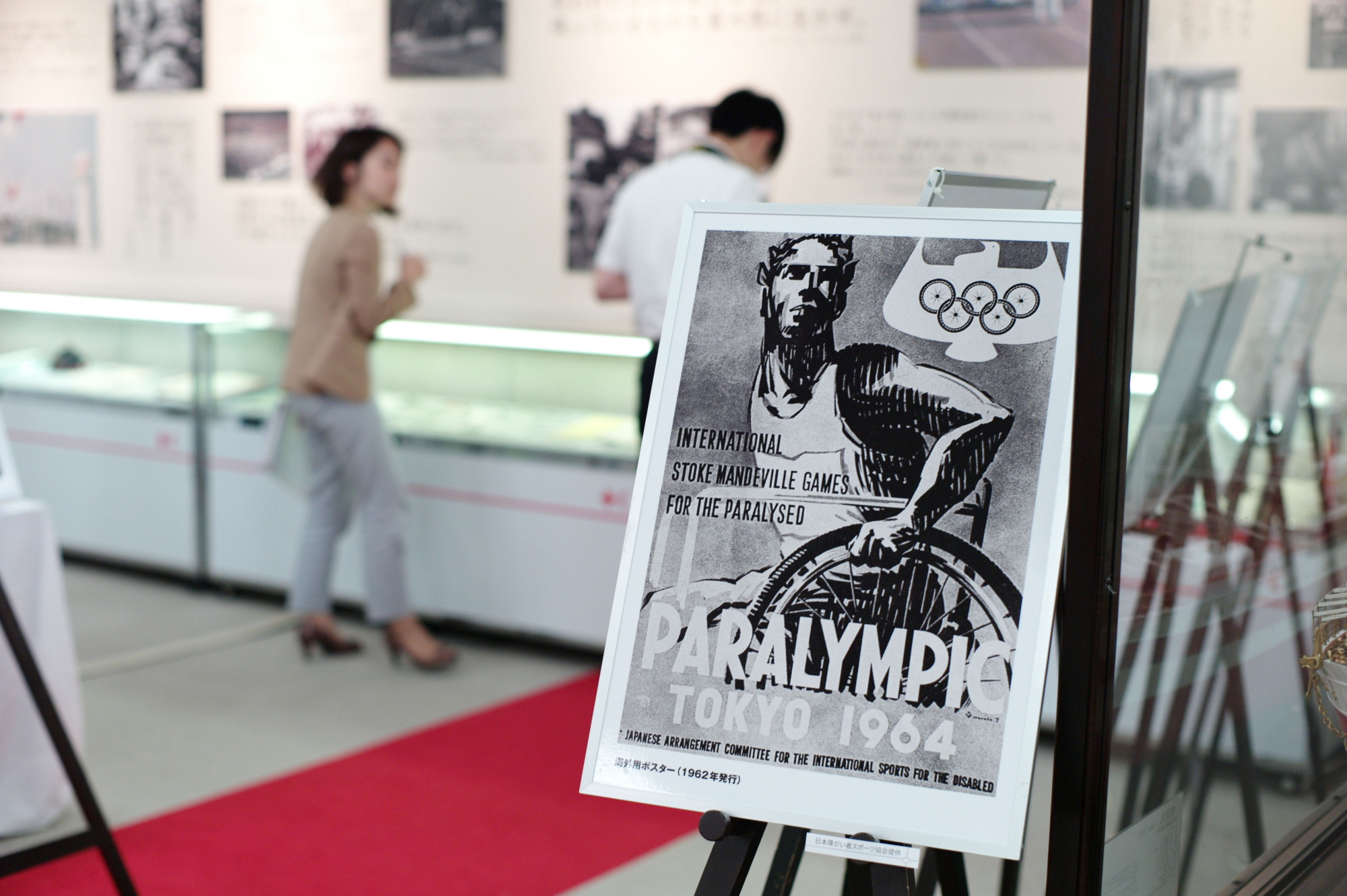Foreign residents and wheelchairs — much less Paralympic athletes — were a rare sight in Japan in 1964.
Preparations to host the Summer Olympics and the second-ever Paralympics were well underway. Stadiums, highways and hotels were being built at breakneck speeds, cutting-edge photographic and timing technologies were being developed from scratch, and billions were being poured into transportation, infrastructure and urban development.
On March 18, 1964, volunteers with the Japanese Red Cross Society formed an official translation team under the leadership of a woman named Sachiko Hashimoto, former national director of the Japanese Junior Red Cross. Comprising mostly college students, the team was created to provide language services for athletes competing in the Paralympics.

















With your current subscription plan you can comment on stories. However, before writing your first comment, please create a display name in the Profile section of your subscriber account page.